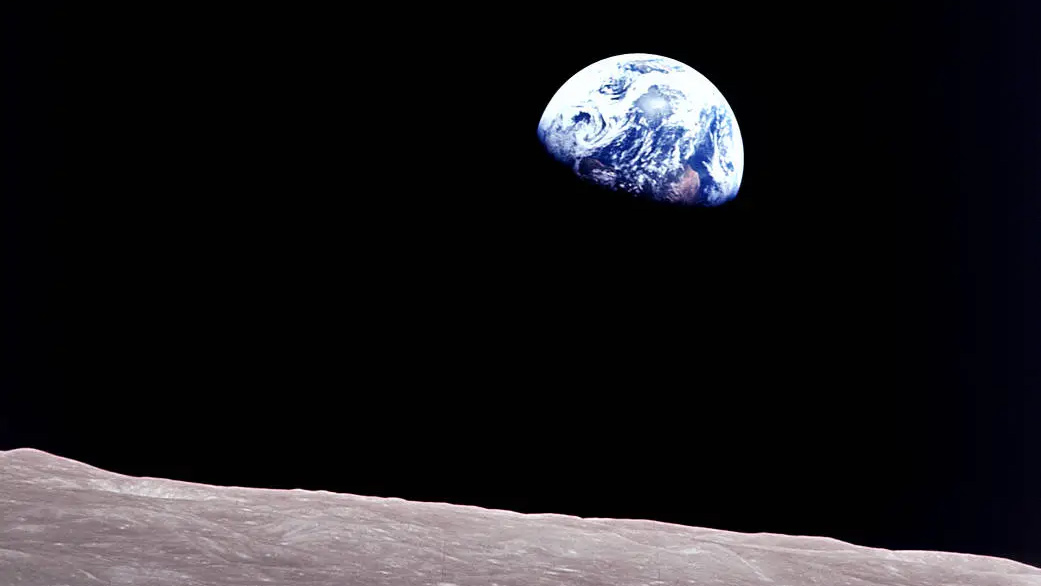
With NASA's original lunar landings far back enough in the rearview mirror that even the conspiracy theories are getting buried under piles of dust, it's already time to go back. Add in the rapid march of other global powers that threaten to take America's prestige, the need to find useful minerals on the moon, and not to mention the less-than-diverse approach to crew selection from the Apollo era which doesn't look too good when re-examined and it's definitely time for Artemis – NASA's new lunar program. The question has been what camera do they take.
Nikon has told us what we more or less already knew – that the heart of the physical camera the astronauts will hold when they venture on the surface. It will be a Nikon Z 9, adapted, of course, for the space suits. The resulting device will be known as the Handheld Universal Lunar Camera (HULC). The camera was tested in Lanzarote last year.
The first Artemis mission which will need the camera is Artemis 3. Before that Artemis 2, planned for September 2025, will take a crew around the moon, just as Apollo 8 took Frank Borman, Jim Lovell, and Bill Anders around the moon on Christmas Eve 1968, when Anders captured one of the most famous photographs of all time from inside the craft.

Because the lunar surface, 238,000 miles from Earth, isn't an entirely forgiving environment Nikon's engineers are working with NASA to overcome a number of issues. There are rapid temperature swings from sunlight to shade because of the lack of atmosphere to soften the effect, while at the same time there is a constant bombardment from cosmic radiation which, again, the Earth's surface is largely protected from.
There will be a custom grip for the Z 9 designed for the thick gloves of a space suit and a thermal blanket similar to those used on cameras during spacewalks at the International Space Station.

There will also be a selection of NIKKOR Z lenses modified to suit the conditions of the mission and used on the moon (though it isn't clear if there are any plans to take one camera for each lens, which would seem easier, or to change them on location to save weight).
There have even been tweaks to the firmware to handle noise appropriately for the cosmic radiation and to sequence the file naming to meet NASA's spec.
This new agreement has been formalized under the Space Act , but it isn't the first time NASA and Nikon have worked together – the first Nikon camera went to the moon on Apollo 15 more than 50 years ago.
See our guide to the best camera for astrophotography.







